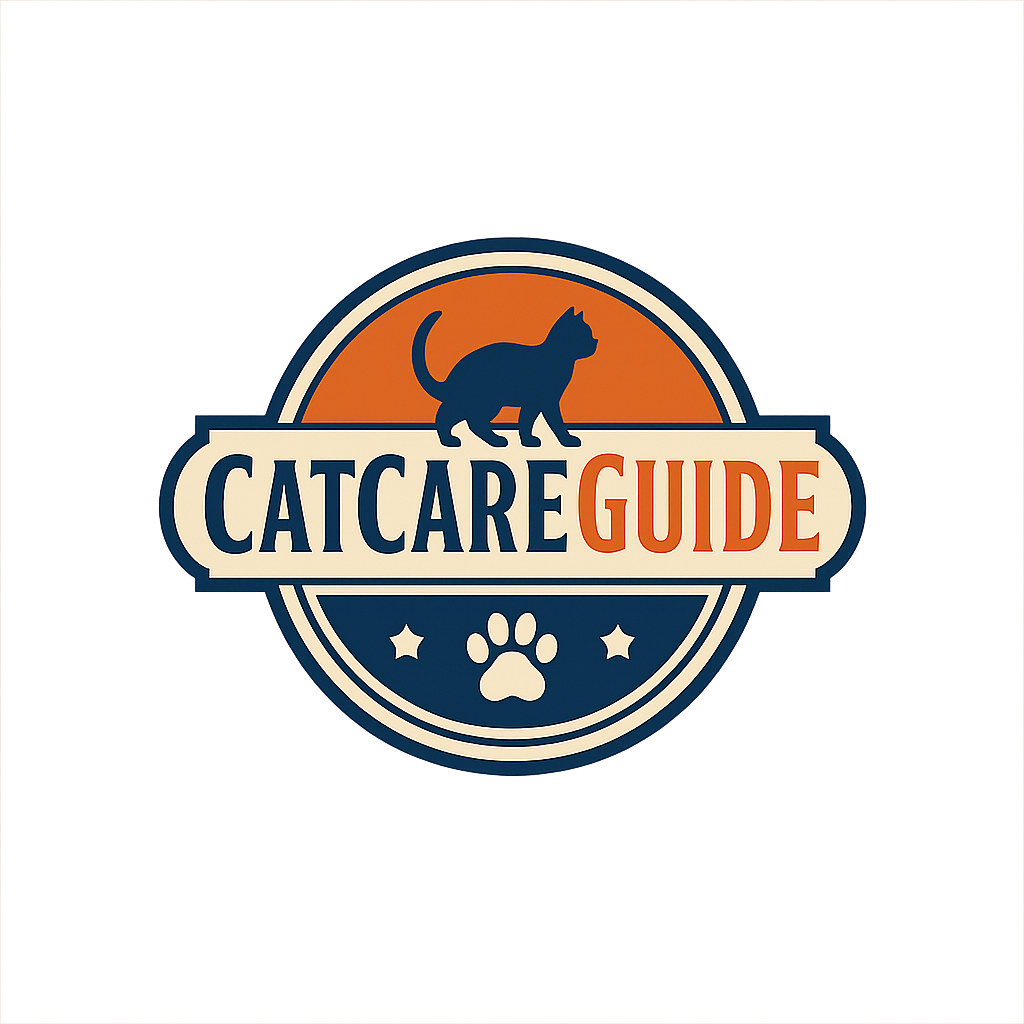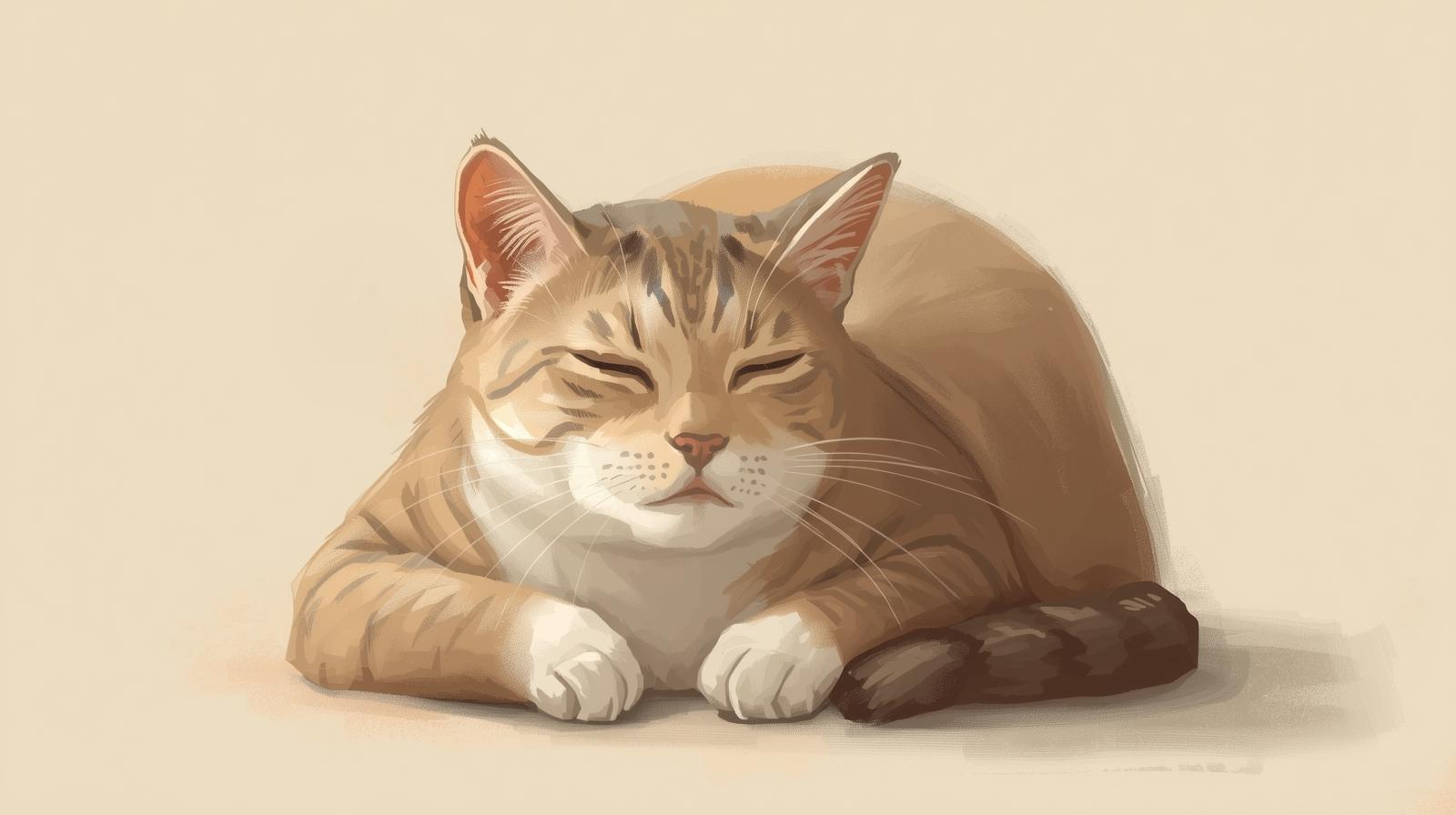Introduction
The Top 10 Feline Diabetes Symptoms can save your cat’s life if detected early Feline diabetes, also known as diabetes mellitus in cats, is becoming increasingly common, especially in older and overweight cats. Just like humans, cats need insulin to regulate their blood sugar (glucose). When the body does not produce enough insulin, or when it cannot use insulin effectively, glucose builds up in the bloodstream.
If left untreated, feline diabetes can cause severe complications such as kidney damage, nerve problems, vision loss, and even life-threatening ketoacidosis. The good news is that with early detection, proper treatment, and ongoing care, many cats with diabetes can live long, healthy, and happy lives.
Here are the Top 10 symptoms of feline diabetes every cat parent should know.
1. Feline Diabetes Symptom Excessive Thirst (Polydipsia)
One of the earliest and most common signs of diabetes in cats is increased thirst. Since excess glucose in the blood is flushed out through urine, cats lose a lot of fluid and become dehydrated.
-
Signs: Constantly refilling the water bowl, cat drinking from unusual sources like sinks or toilets.
-
Why it matters: Persistent thirst is not normal for cats and should never be ignored.
-
Owner Tip: Track how often you refill the water bowl—sudden changes mean it’s time for a vet visit.
2. Frequent Urination (Polyuria)
With more water intake comes more urination. The kidneys are trying to flush out the excess sugar, leading to frequent trips to the litter box.
-
Signs: Litter box fills quickly, urine puddles outside the box, stronger ammonia smell.
-
Why it matters: Frequent urination can lead to dehydration and electrolyte imbalance.
3. Sudden Weight Loss
Cats with diabetes may actually lose weight while eating normally—or even more than usual. This happens because their bodies cannot use glucose for energy, so they begin breaking down fat and muscle.
-
Signs: Visible spine or hip bones, sagging skin, sudden drop in weight within weeks.
-
Why it matters: Unexplained weight loss is always a red flag and requires immediate vet attention.
4.Increased Appetite (Polyphagia)
Paradoxically, many diabetic cats develop a ravenous appetite. They may beg for food constantly, steal from counters, or seem unsatisfied even after meals.
-
Cause: Since cells cannot properly absorb glucose, the body thinks it is starving and sends hunger signals.
-
Warning: If your cat is eating more but losing weight, this is a strong indicator of diabetes.
“Also read: How to Reduce Aggression Between Cats at Home
5. Lethargy and Weakness
Cats with diabetes often appear tired, sluggish, and less playful.
-
Signs: Sleeping more than usual, avoiding jumping or climbing, low energy during play.
-
Why it matters: This is due to lack of energy at the cellular level—glucose is present but not being used.
6.Feline Diabetes Symptom Poor Coat Condition
A healthy cat usually keeps its coat glossy and well-groomed. Diabetic cats, however, often have a dull, greasy, or unkempt coat.
-
Signs: Matted fur, dandruff, decreased grooming habits.
-
Cause: Weakness and dehydration reduce self-grooming.
-
Risk: Poor coat condition may lead to secondary skin infections.
7. Vomiting and Digestive Upsets
Occasional vomiting in cats is normal, but frequent vomiting with other symptoms may point to diabetes or diabetic complications.
-
Signs: Repeated vomiting, diarrhea, refusal to eat.
-
Danger: Could indicate diabetic ketoacidosis, which is life-threatening.
-
Action: Frequent vomiting should always be checked by a vet.
8. Hind Leg Weakness (Diabetic Neuropathy)
Advanced diabetes can damage nerves, especially in the hind legs. This condition is known as feline diabetic neuropathy.
-
Signs: Walking flat-footed (plantigrade stance), difficulty jumping, weakness in the back legs.
-
Why it matters: This is a sign of long-term uncontrolled diabetes. Immediate treatment is crucial.
9. Vision Problems & Cataracts
Uncontrolled diabetes can affect the eyes, leading to cloudy vision, cataracts, or blindness.
-
Signs: Cloudy eyes, bumping into furniture, hesitation to move around in low light.
-
Why it matters: Once advanced, vision loss may be permanent. Early detection is key.
10. Frequent Infections
Diabetic cats are more prone to infections due to a weakened immune system.
-
Common infections: Urinary tract infections (UTIs), gum disease, skin infections.
-
Signs: Strong urine odor, blood in urine, swollen gums, recurring sores.
-
Why it matters: Repeated infections are a strong indicator of diabetes or poor glucose control.
How Vets Diagnose Feline Diabetes
If your cat shows these symptoms, your vet may recommend:
-
Blood glucose test – Measures blood sugar levels.
-
Urinalysis – Detects glucose and ketones in urine.
-
Physical examination – Evaluates weight, coat condition, hydration, and general health.
Early diagnosis helps prevent life-threatening complications.
Treatment Options for Diabetic Cats
1. Insulin Therapy
Most diabetic cats require daily insulin injections. Don’t worry—your vet will teach you how to safely administer them at home.
2. Prescription Diabetic Diet
-
High-protein, low-carbohydrate diets are recommended.
-
Wet food is generally better than dry food for diabetic cats.
3. Weight Management
Obesity is a leading risk factor for diabetes. Helping your cat lose weight improves insulin sensitivity.
4. Glucose Monitoring
At-home glucose meters can help track blood sugar levels, but regular vet check-ups are still necessary.
Prevention Tips
-
Keep your cat at a healthy weight.
-
Avoid high-carb foods, especially dry kibble.
-
Encourage daily play and exercise.
-
Schedule annual veterinary check-ups.
FAQs About Feline Diabetes
Q1: Can feline diabetes be reversed?
Yes, some cats go into remission with proper treatment and diet, especially if diagnosed early.
Q2: How long can a diabetic cat live?
With proper management, many cats live 5–10+ years after diagnosis.
Q3: Can I treat my cat’s diabetes without insulin?
Not usually. Diet helps, but insulin is often necessary.
Q4: What happens if feline diabetes goes untreated?
It may lead to ketoacidosis, organ failure, blindness, or even death.
Q5: Is dry food bad for diabetic cats?
Yes, most dry foods are high in carbohydrates. Wet, high-protein food is usually better.
Conclusion
Recognizing the Top 10 Feline Diabetes Symptoms is critical to protecting your cat’s health. Excessive thirst, frequent urination, sudden weight loss, constant hunger, lethargy, poor coat condition, vomiting, leg weakness, eye problems, and frequent infections are all warning signs that require immediate veterinary care.
👉 Final Tip: If you notice any of these symptoms in your cat, don’t wait. Schedule a veterinary check-up today. With early diagnosis, proper treatment, and ongoing care, diabetic cats can live long, happy, and healthy lives.

